Back to Courses
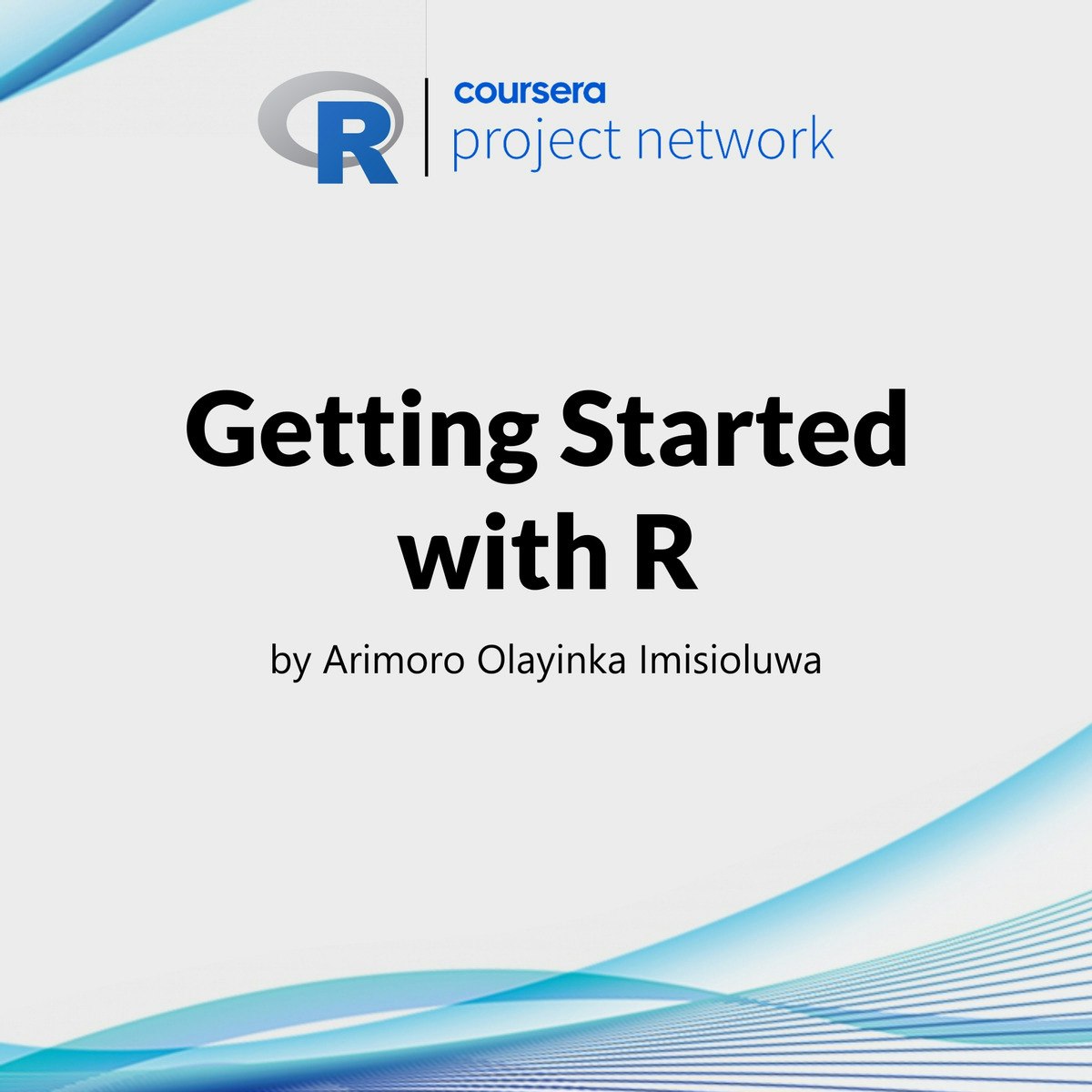



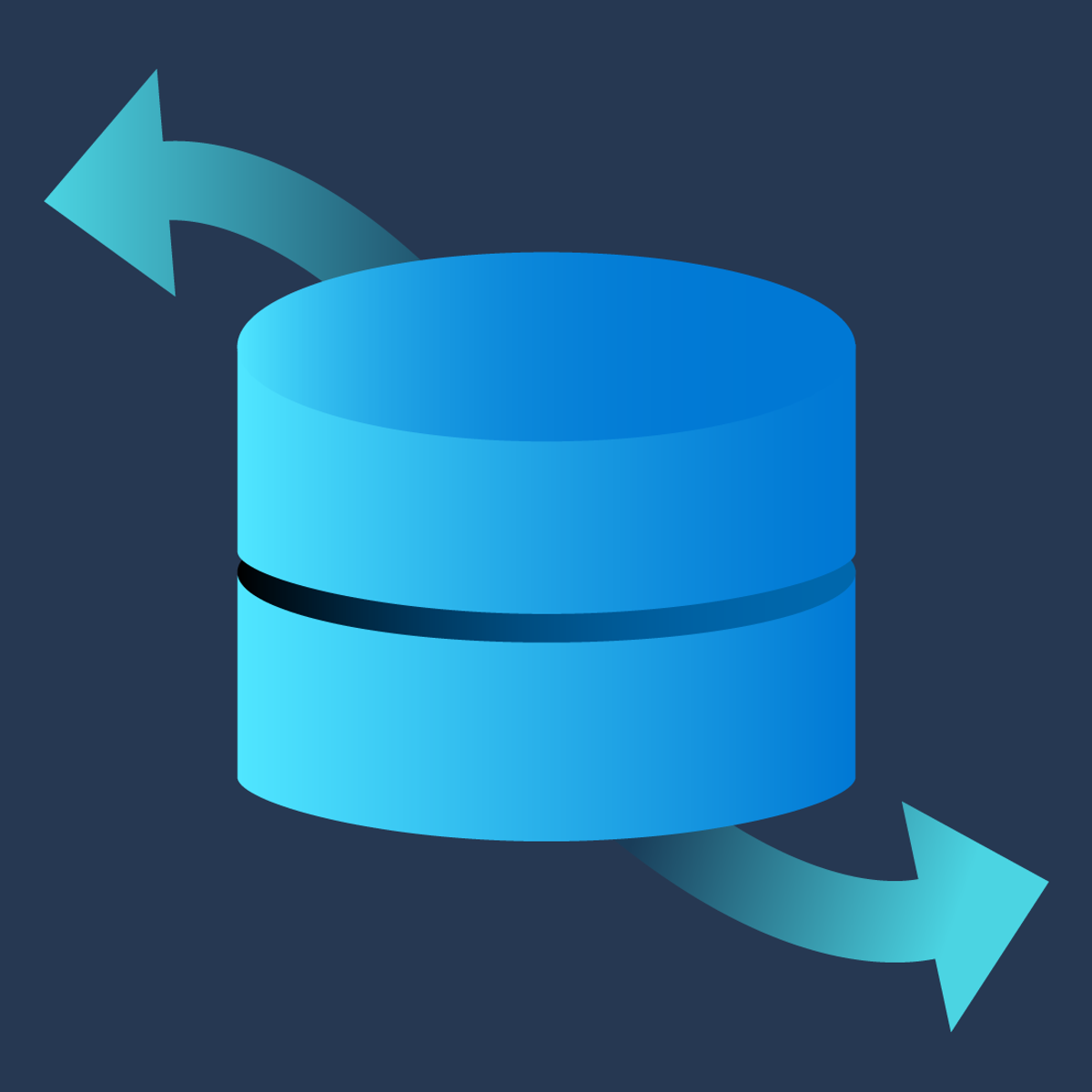
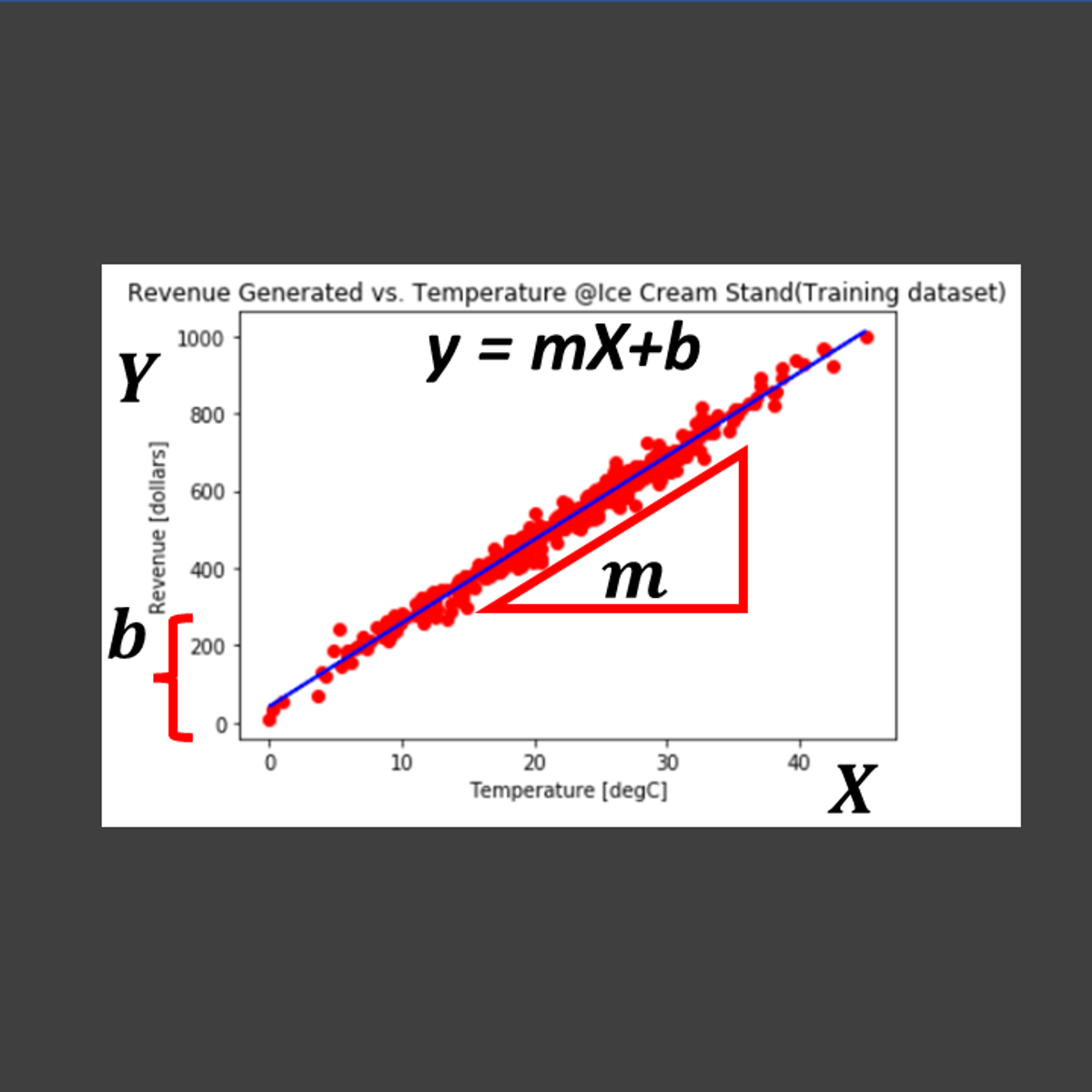
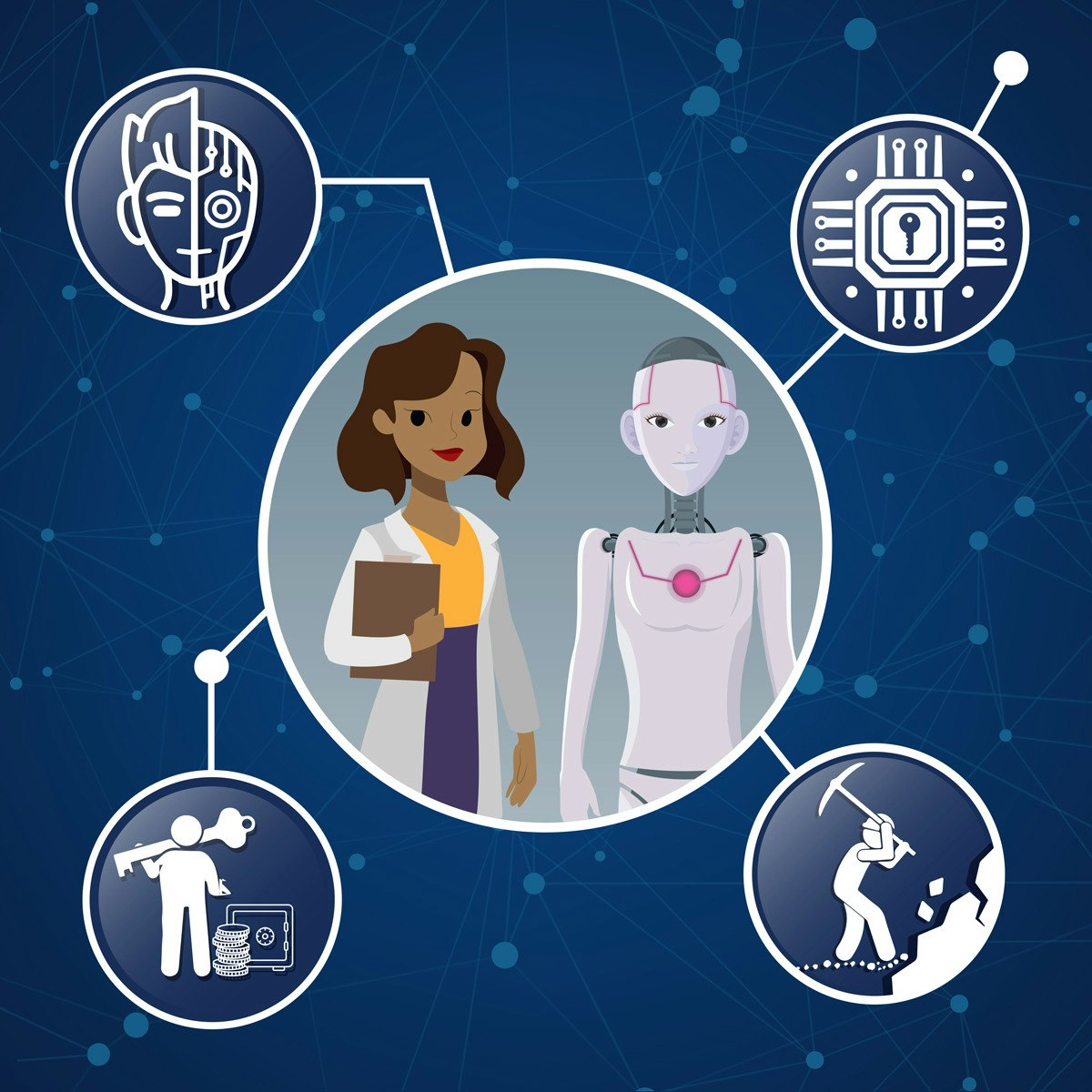

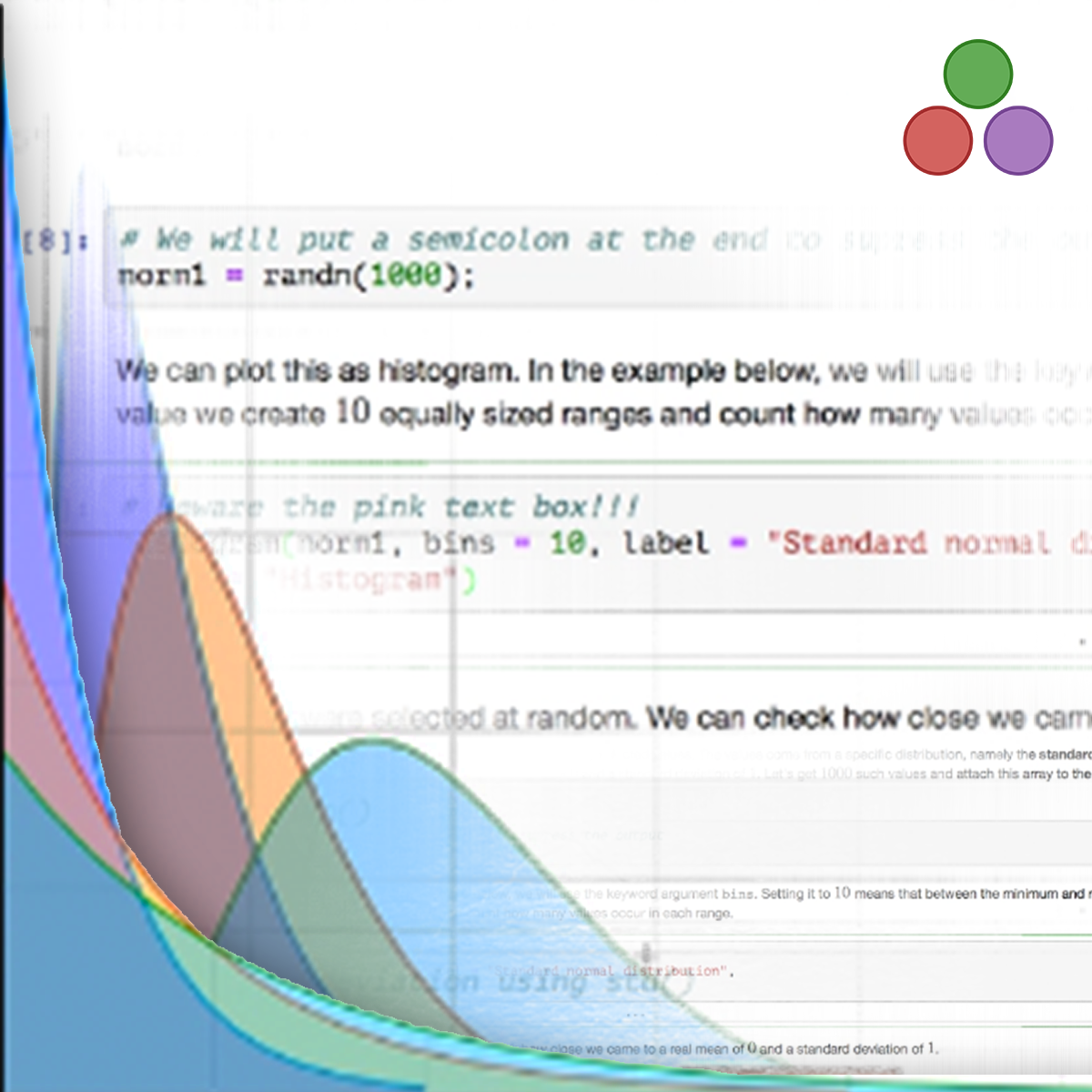
Data Science Courses - Page 137
Showing results 1361-1370 of 1407

Business Metrics for Data-Driven Companies
In this course, you will learn best practices for how to use data analytics to make any company more competitive and more profitable. You will be able to recognize the most critical business metrics and distinguish them from mere data.
You’ll get a clear picture of the vital but different roles business analysts, business data analysts, and data scientists each play in various types of companies. And you’ll know exactly what skills are required to be hired for, and succeed at, these high-demand jobs.
Finally, you will be able to use a checklist provided in the course to score any company on how effectively it is embracing big data culture. Digital companies like Amazon, Uber and Airbnb are transforming entire industries through their creative use of big data. You’ll understand why these companies are so disruptive and how they use data-analytics techniques to out-compete traditional companies.

Getting Started with R
In this 2 hour-long project, you will learn the basics of R programming language. In addition, you will take your first steps in the use of R programming language for Data Analysis.
By the end of this 2-hour long project, you will understand how to use the R GUI called R studio. By extension, you will learn the different data types and data structures used in R. Finally, you will learn how to install packages and how to import data sets into the R studio work space.
This course is aimed at learners who are looking to get started with the R programming language. There are no hard prerequisites and any competent computer user should be able to complete the project successfully.
Probability and Statistics: To p or not to p?
We live in an uncertain and complex world, yet we continually have to make decisions in the present with uncertain future outcomes. Indeed, we should be on the look-out for "black swans" - low-probability high-impact events.
To study, or not to study? To invest, or not to invest? To marry, or not to marry?
While uncertainty makes decision-making difficult, it does at least make life exciting! If the entire future was known in advance, there would never be an element of surprise. Whether a good future or a bad future, it would be a known future.
In this course we consider many useful tools to deal with uncertainty and help us to make informed (and hence better) decisions - essential skills for a lifetime of good decision-making.
Key topics include quantifying uncertainty with probability, descriptive statistics, point and interval estimation of means and proportions, the basics of hypothesis testing, and a selection of multivariate applications of key terms and concepts seen throughout the course.

Digital Manufacturing & Design
This course will expose you to the transformation taking place, throughout the world, in the way that products are being designed and manufactured. The transformation is happening through digital manufacturing and design (DM&D) – a shift from paper-based processes to digital processes in the manufacturing industry. By the end of this course, you’ll understand what DMD is and how it is impacting careers, practices and processes in companies both large and small.
You will gain an understanding of and appreciation for the role that technology is playing in this transition. The technology we use every day – whether it is communicating with friends and family, purchasing products or streaming entertainment – can benefit design and manufacturing, making companies and workers more competitive, agile and productive. Discover how this new approach to making products makes companies more responsive, and employees more involved and engaged, as new career paths in advanced manufacturing evolve.
Main concepts of this course will be delivered through lectures, readings, discussions and various videos.
This is the first course in the Digital Manufacturing & Design Technology specialization that explores the many facets of manufacturing’s “Fourth Revolution,” aka Industry 4.0, and features a culminating project involving creation of a roadmap to achieve a self-established DMD-related professional goal. To learn more about the Digital Manufacturing and Design Technology specialization, please watch the overview video by copying and pasting the following link into your web browser: https://youtu.be/wETK1O9c-CA

Exploratory Data Analysis for the Public Sector with ggplot
Learn about the core pillars of the public sector and the core functions of public administration through statistical Exploratory Data Analysis (EDA). Learn analytical and technical skills using the R programming language to explore, visualize, and present data, with a focus on equity and the administrative functions of planning and reporting. Technical skills in this course will focus on the ggplot2 library of the tidyverse, and include developing bar, line, and scatter charts, generating trend lines, and understanding histograms, kernel density estimations, violin plots, and ridgeplots. These skills are enhanced with lessons on best practices for good information visualization design. Upon completing this course, you will understand the layered grammar of graphics and its implementation in ggplot2, all while exploring a diverse set of authentic public datasets.
All coursework is completed in RStudio in Coursera without the need to install additional software.
This is the second of four courses within the Data Analytics in the Public Sector with R Specialization. The series is ideal for current or early-career professionals working in the public sector looking to gain skills in analyzing public data effectively. It is also ideal for current data analytics professionals or students looking to enter the public sector.

Data Storage in Microsoft Azure
Azure provides a variety of ways to store data: unstructured, archival, relational, and more. In this course, you will learn the basics of storage management in Azure, how to create a Storage Account, and how to choose the right model for the data you want to store in the cloud.
This course part of a Specialization intended for Data engineers and developers who want to demonstrate their expertise in designing and implementing data solutions that use Microsoft Azure data services anyone interested in preparing for the Exam DP-203: Data Engineering on Microsoft Azure (beta).
This is the second in a program of 10 courses to help prepare you to take the exam so that you can have expertise in designing and implementing data solutions that use Microsoft Azure data services. The Data Engineering on Microsoft Azure exam is an opportunity to prove knowledge expertise in integrating, transforming, and consolidating data from various structured and unstructured data systems into structures that are suitable for building analytics solutions that use Microsoft Azure data services. Each course teaches you the concepts and skills that are measured by the exam.
By the end of this Specialization, you will be ready to take and sign-up for the Exam DP-203: Data Engineering on Microsoft Azure (beta).

Simple Linear Regression for the Absolute Beginner
Hello everyone and welcome to this hands-on guided project on simple linear regression for the absolute beginner. In simple linear regression, we predict the value of one variable Y based on another variable X. X is called the independent variable and Y is called the dependent variable. This guided project is practical and directly applicable to many industries. You can add this project to your portfolio of projects which is essential for your next job interview.

How Entrepreneurs in Emerging Markets can master the Blockchain Technology
In this course, you will gain a thorough understanding of the blockchain and distributed ledger technologies, including an introduction to the necessary foundations in cryptography. The course will discuss blockchain as a distributed ledger and introduce distributed consensus as a mechanism to maintain the integrity of the blockchain. The other revolutionary technologies that are changing the world as we speak are artificial intelligence and machine learning. You will learn about the three major types of AI algorithms: supervised and unsupervised machine learning, as well as reinforcement learning.
You will learn about the application of blockchain outside of finance. In particular, how blockchain fundamentally changes the way we deal with our personal data. You will see how the web 2.0 model--where big companies like facebook and google collect as much of your personal data as possible to sell it to third parties--is coming to an end. The new web 3.0 is decentralized and uses the power of the blockchain to put users in full control over their own data. Finally, we will look at the benefits and considerations of blockchain and whether blockchain is the right solution for your problem.
#UCTFintech

Python for Genomic Data Science
This class provides an introduction to the Python programming language and the iPython notebook. This is the third course in the Genomic Big Data Science Specialization from Johns Hopkins University.

Julia Scientific Programming
This four-module course introduces users to Julia as a first language. Julia is a high-level, high-performance dynamic programming language developed specifically for scientific computing. This language will be particularly useful for applications in physics, chemistry, astronomy, engineering, data science, bioinformatics and many more. As open source software, you will always have it available throughout your working life. It can also be used from the command line, program files or a new type of interface known as a Jupyter notebook (which is freely available as a service from JuliaBox.com).
Julia is designed to address the requirements of high-performance numerical and scientific computing while also being effective for general-purpose programming. You will be able to access all the available processors and memory, scrape data from anywhere on the web, and have it always accessible through any device you care to use as long as it has a browser. Join us to discover new computing possibilities. Let's get started on learning Julia.
By the end of the course you will be able to:
- Programme using the Julia language by practising through assignments
- Write your own simple Julia programs from scratch
- Understand the advantages and capacities of Julia as a computing language
- Work in Jupyter notebooks using the Julia language
- Use various Julia packages such as Plots, DataFrames and Stats
The course is delivered through video lectures, on-screen demonstrations, quizzes and practical peer-reviewed projects designed to give you an opportunity to work with the packages.
